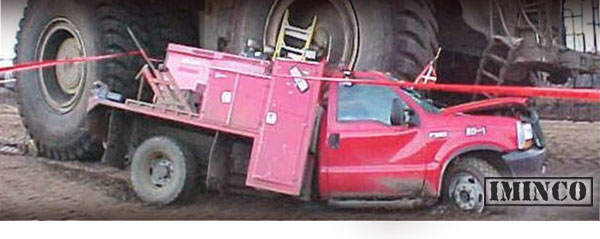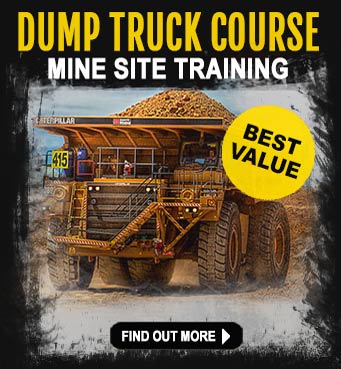 Western Australian mining companies have been targeted in a bid to curb mining accidents in the state.
Western Australian mining companies have been targeted in a bid to curb mining accidents in the state.
Over the past few months, a spate of accidents has resulted in a tragic loss of life – this has to stop!
Western Australian resource company’s focus of mining contractor accident prevention
Mining is a dangerous industry and it seems mining contractors are at great risk of being involved in accidents that cause permanent disability or even loss of life. A total review of the process for training and inducting new employees and contractors into the industry has been called for by Yara Pilbara chief executive Mark Loquan.
“a high-level mining training process is missing”
Western Australia has a seemingly mediocre approach to mining training and given the size of the mining industry you would expect a high-level mining training process. As history would tell, this is not the case.
The WA mining industry introduced a simple mining induction course that was named MARCSTA (Mining and Resource Contractors Safety Training Association). This was referred to as the Work Health and Safety Induction course for the mining and resource sector in WA.
“health and safety working practices not impacting on accident reduction rates”
The course generally takes only one day to complete and introduces students to the relevant health and safety working practices. This was the first and only generic induction program for the thousands of new-starters and contractors who flocked to WA mining towns in search of big pay packets.
Queensland has a robust Mining Induction program that has achieved astounding results in terms of eliminating mining accidents and fatalities.
The comprehensive course has been created through extensive collaboration between the Queensland government’s Department of Natural Resources and Mines. It incorporates recommended procedures and policy as found in the Coal Mining Safety & Health Act 1999 and the Mining and Quarrying Safety and Health Act 1999.
Site-specific induction training courses
Mining companies also have their own site-specific induction training courses which introduces workers to the mine site and makes them aware of the rules and regulations pertaining to that particular site.
As mining in Western Australia took off at lightening speed, safety seemed to take a back seat, especially where contractors were concerned.
However, with this renewed call for further review of the WA safety training procedures, we could see a lot less accidents in the future.
At a conference in Perth, Mark Loquan told attendees that the Australian onshore resource sector are laggards and the oil and gas offshore industry were way out in front in terms of achieving across-industry minimum safety standards for contractors.
“there are no agreed minimum standards”
“I am in no way questioning the commitment to safety across the sector and by the contractors, but I am concerned there are no agreed minimum standards that apply across the onshore processing industry,”� Loquan said
Loquan went on to say the current system is fragmented, as individual mining companies having their own systems and requirements. However, the resource sector industry in Western Australia has a big mobile workforce. This fact alone can be the catalyst for aberrant and unpredictable outcomes across the entire sector.
Superb safety record at the world’s largest ammonia production plant
Mr Loquan said Yara Pilbara, operator of the world`s largest ammonia production operation near Karratha WA, had implemented a successful program to improve its safety performance.
Yara Pilbara claims to have accrued over 800 days without a “recordable” injury for employees and contractors, leading up to February 2014.
“Although we have a permanent residential workforce, like many operators we have a strong reliance on contractors for certain tasks and we take our duty of care very seriously.� We do wish to continuously raise the bar on safety, which can only benefit all workers entering our site to return home safely to their families.”
“a white card type system could prevent future accidents”
Loquan indicated to the conference attendees that he was in favour of the introduction of a co-ordinated contractor safety system like the one that was implemented offshore in Australia by APPEA. A well-coordinated approach by other countries who operate offshore operations had created a “passport-like” system, very similar to the Australian construction industry’s White Card.
“a bullet-proof system was required”
Industry collaboration is required to establish long-term results and to acknowledge the absolute necessity for minimum standards of safety awareness training.� The resource sector governing bodies as well as mining employers and State and Federal governments have to collaborate to establish a bullet-proof system to improve occupational safety for contractors.
Yara Pilbara had been using the construction industry White Card as a standard, as well as moving forward with discussions with APPEA�of the possibility of updating the Common Safety Training Program (CSTP) card for the offshore platforms and applying it to the Western Australian plants the company operates.


